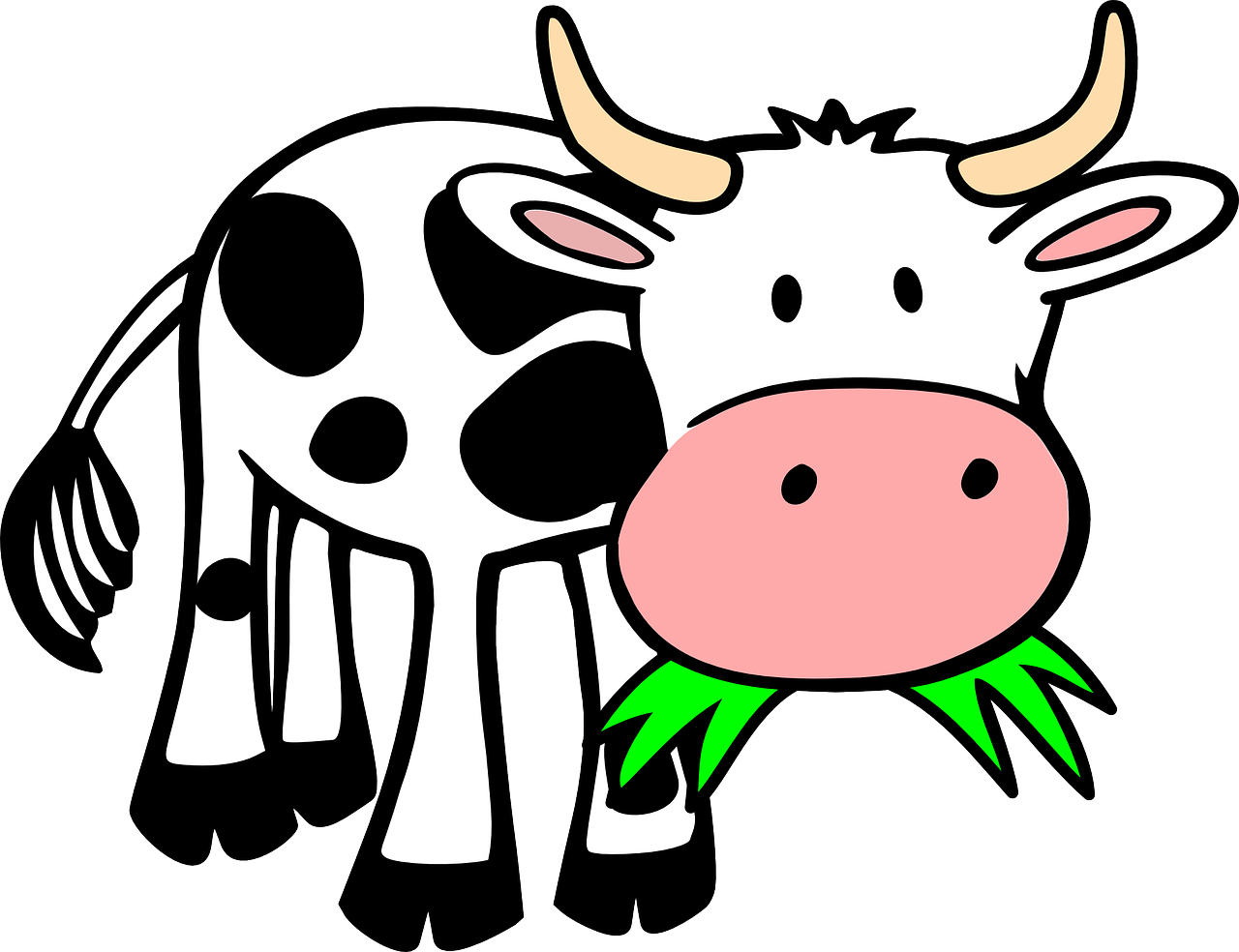The power of flowers and herbs for animal health and growth has been known since ancient times. But as feed producers and farmers look for alternatives to antibiotics, scientists are re-examining the potential of plant extracts as a replacement feed additive.
As a result of this re-examination, a team of researchers has found that extracts from daffodils can improve the gut health of cattle and sheep, as well as lower methane production by enteric fermentation - a digestive process that uses micro-organisms to break down carbohydrates.
The study also focused on answering why feed additive compounds sourced from plants so often give unexpected results.
Why are natural feed additives so regularly erratic?
As the industry journal, Farming UK, notes, “… the effects of feeding plant extracts to animals can be inconsistent. This has been attributed to differences in the composition of the extracts, even when prepared from the same source and using the same methodology.”
The researchers, who have published the study in the journal Scientific Reports, hoped to discover what is happening at a chemical level to plant extracts when they are collected, and what effect this has on animal health. This they did by extracting from daffodils, “… the natural alkaloid haemanthamine to study the effect of simple esterifications of this molecule and its derivative dihydrohaemanthamine on both rumen protozoa and rumen fermentation pattern.”
Rumen protozoa
Concluding that, “… it is clear that relatively small variations in the structure of a compound can have a significant influence on their biological activity in terms of the ability to manipulate gut fermentation.”
The results were significant, as they not only highlighted the health benefits of daffodils as a feed additive but also encourage reform of the way that plant extracts are collected and analysed. As one of the study’s authors, Dr Eva Ramos-Morales from Scotland's Rural College (SRUC), states, “It was very surprising to find that apparently similar compounds could have such different impacts on rumen digestion. This highlights the need to standardise processes and obtain plant extracts with consistent chemical composition in order to maximise the positive effects in animals.”

It seems that, only with the united efforts of chemists and animal nutritionists will the potential of plant extracts, such as haemanthamine from daffodils, be realised as useful feed additives and reach the feed producers and livestock farmers who need them.
As Farming UK states, “Scientists have concluded that if plant extracts are to replace traditional antibiotics in animal feeds, then a joint approach linking chemistry and biology will be required to describe the effects of novel plant extracts.”
Hopefully, they will soon find success and be able to confirm the power of daffodils as a feed additive.
And the search for the power of flowers goes on, as Dr Paddy Murphy, one of the study’s co-authors from Bangor University will continue to study the health properties of daffodils, “The role of organic chemists in separating naturally occurring compounds from agricultural waste products is key to developing new environmentally sustainable materials. In the future we hope to extract metabolites from daffodil by-products that will be of interest to the pharmaceutical industry.”
Additionally, those who also care about the mental health of their livestock may also be pleased to know that a Welsh sheep farmer has also discovered that daffodils contain an unusually high amount of galantamine, a compound know to slow Alzheimer’s disease.
Client Zone – Stay in Touch with All the Important Information

Take the opportunity to register in our client zone to find complete product specifications and the latest updates on special offers.
Photo credit: Flickr, Pinterest, YouTube, Phys.org, & NutureStore Pexels